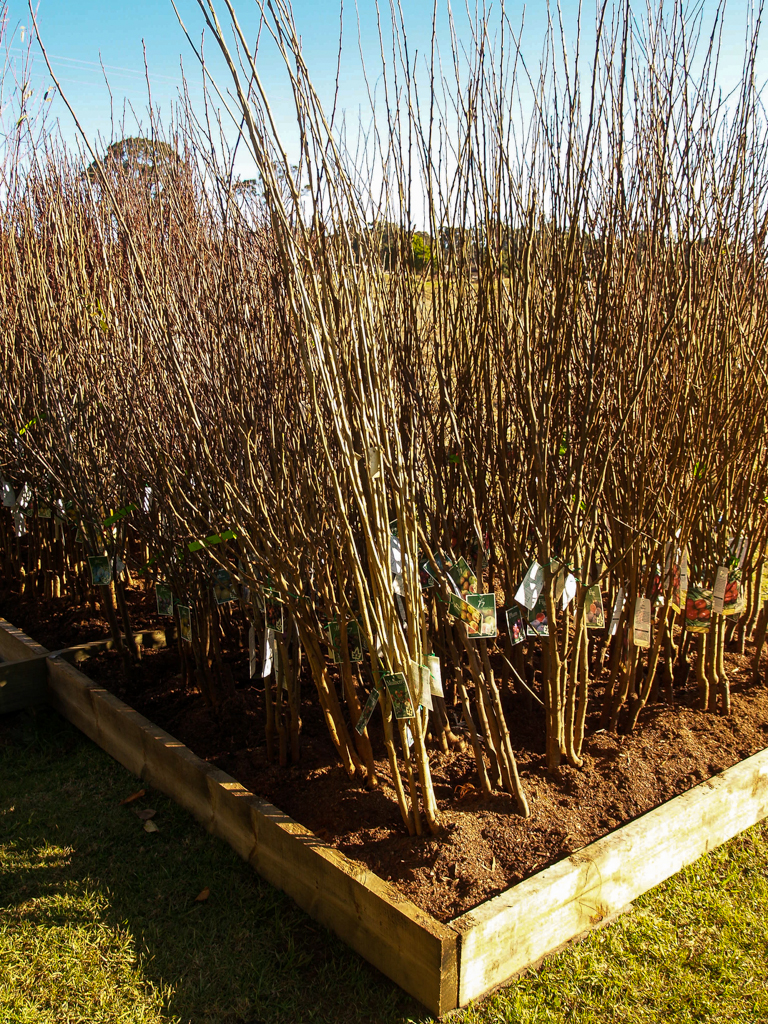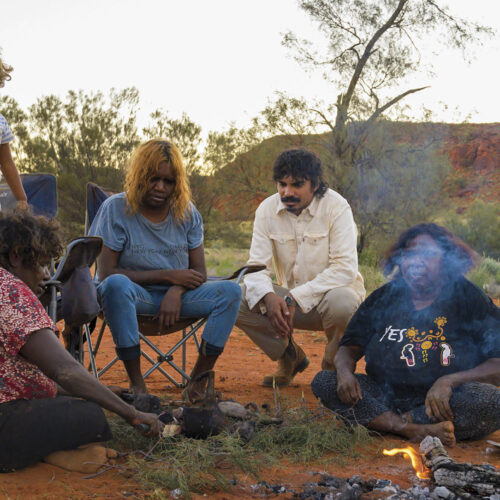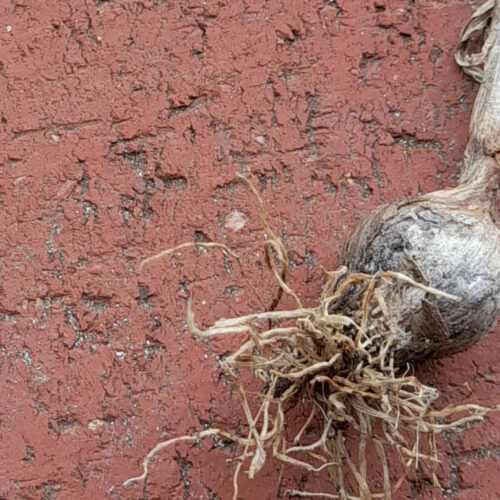Dare to bare
2013-06-21T00:20:48+10:00
Bare rooted trees will be appearing in nurseries over the next couple of weeks, and many are available online. JUSTIN RUSSELL explains how to successfully dare to bare.
I’m a big fan of bare rooted trees. Not just because they’re half the price of their potted equivalents, but because they’re about as sustainable as nursery grown plants get. They’re lighter and cheaper to transport than potted trees, require no plastic pot to manufacture and dispose of, and require less fertiliser and water when produced in well managed soil.
In fact, I can only see one problem with bare root trees – they’re not as common as they once were and many gardeners don’t know how to plant them. Well, you’re in luck. I’ve planted hundreds of bare rooted trees over the years, and here’s what works for me.
- Prepare your planting site in advance. Dig a hole about 40cm wide and deep. If the site soil is very poor, sandy or gluey, combine it 50/50 with very well rotted compost. Don’t use manure – trees need to adapt to their site.
- Keep the roots moist at all times. Never let them dry out. When bare root trees fail, they do so because the roots get dry. Soak them in a bucket of water (mixed with a dash of seaweed extract) for at least half an hour before planting.
- When planting ensure good contact between the soil and roots. Break the backfill soil as finely as possible, firm it in around the rootball, and give the tree a little shake to settle the soil in at the base of the trunk. Water the plant in with seaweed solution to further settle the soil and help overcome transplant shock.
- Stakes are only required in exposed sites. If trees are reasonably protected from the wind, they fare much better if they are pruned by a third (always to an outward facing bud) to compensate for some loss of the roots in the nursery. If you have to stake, use one either side of the tree, and run a stretchy tie between the two. Keep it reasonably tight and low on the tree’s trunk to anchor the rootball, but allow some flex. This helps develop a strong tree.






